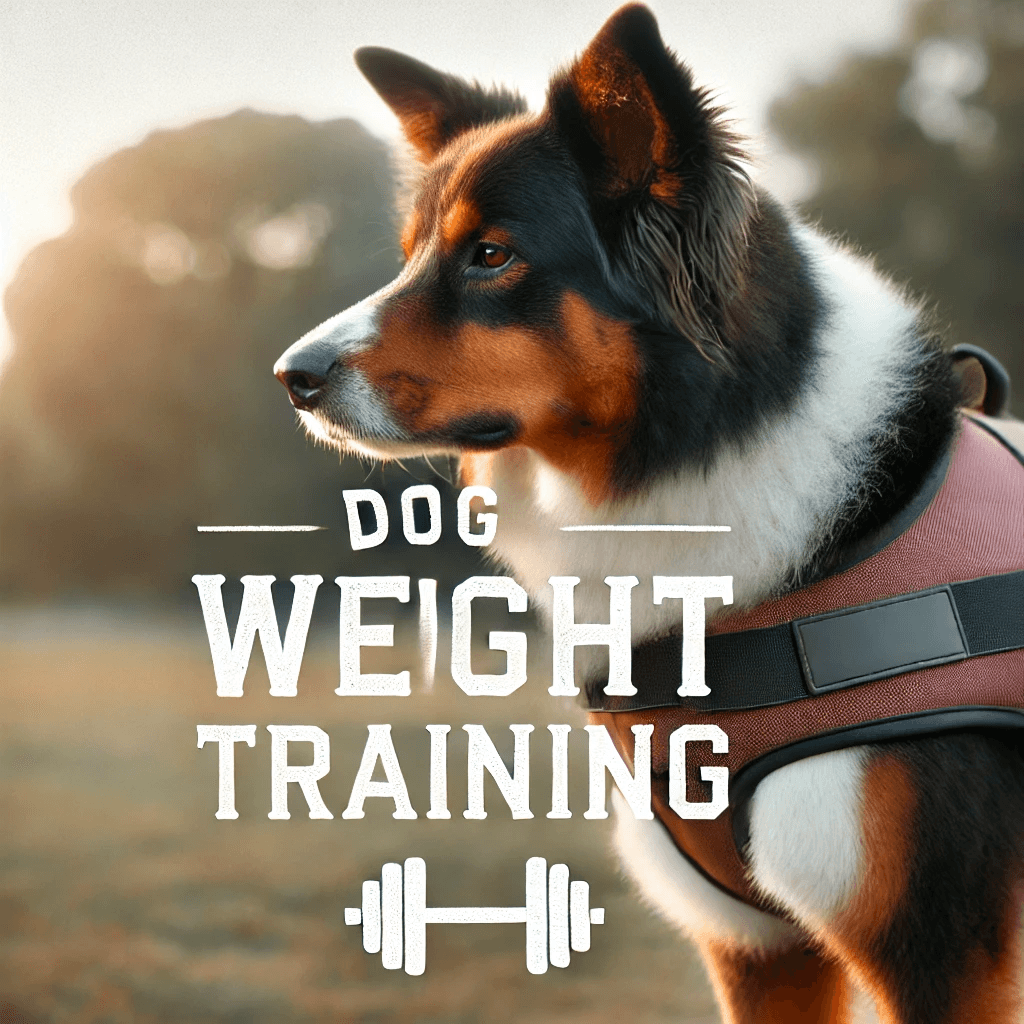The Ultimate Guide to Dog Weight Training: Building Strength and Fitness for Your Pet
Introduction: Dog weight training is an emerging fitness trend aimed at building strength, enhancing endurance, and promoting overall health for dogs. Much like human strength training, weight training for dogs involves specific exercises and equipment tailored to their size and fitness level. This guide covers the fundamentals of dog weight training, from the benefits and safety precautions to the best exercises and routines, so you can safely build a fitness regimen that suits your pet.
1. Introduction to Dog Weight Training and Benefits
Dog weight training offers numerous physical and mental benefits, including improved muscle tone, enhanced joint health, and increased endurance. Weight training helps dogs burn off excess energy, which can reduce anxiety and improve behavior. For active breeds and working dogs, weight training provides essential conditioning that enhances their performance in various activities.
Why Consider Weight Training for Dogs?
Weight training can be particularly beneficial for high-energy breeds and dogs that engage in agility or sport. By building strength, dogs experience less strain on their joints, which is especially important for older dogs prone to arthritis. Regular weight training can also help dogs maintain a healthy weight and prevent obesity-related issues.
2. Types of Equipment for Dog Weight Training
Several types of equipment can be used in dog weight training, including weighted vests, resistance bands, and pulling harnesses. Weighted vests are popular as they distribute weight evenly and allow dogs to build endurance. Resistance bands are ideal for guided exercises, and pulling harnesses can be used for strength exercises that simulate real-world activities like sledding or hiking.
Choosing the Right Equipment
When choosing equipment, start with lightweight options and gradually increase the weight as your dog gains strength. Properly fitting equipment is crucial to avoid discomfort or injury. Consult your veterinarian to ensure the chosen equipment is safe for your dog’s size, age, and health condition.
3. Safety Tips and Precautions
Safety is paramount in dog weight training, as improper exercises or excessive weight can lead to injury. Always start with low weight and gradually increase based on your dog’s progress. Monitor your dog closely for signs of fatigue or discomfort during sessions. Consult with a veterinarian or canine trainer to develop a safe weight training plan tailored to your dog’s needs.
Key Safety Practices
Ensure your dog warms up before training with a light walk or play session. Use proper equipment, and avoid overtraining. Limit sessions to a manageable length, especially for beginners, and provide water breaks. Observe your dog for any signs of strain or soreness after training.
4. Effective Dog Weight Training Exercises
Several exercises are suitable for dog weight training, including weighted walks, stair climbs, and resistance pulls. Weighted walks are simple yet effective, helping to build endurance and muscle strength gradually. Stair climbs engage multiple muscle groups, while resistance pulls (using harnesses) help target core and leg muscles.
Popular Exercises for Dogs
Start with 5–10-minute weighted walks, then progress to stair climbing for added resistance. For more advanced dogs, try resistance pulls where they pull a weighted object on a safe, flat surface. Each exercise should be tailored to your dog’s ability and health status, with gradual increases as they build strength.

5. Creating a Dog Weight Training Routine
To achieve balanced results, dog weight training routines should include variety and consistency. A typical routine might involve weighted walks on certain days, resistance training on others, and rest days to allow recovery. Begin with 1–2 sessions per week and gradually increase based on your dog’s progress and comfort level.
Setting Up a Routine
Design your dog’s routine to avoid overtraining. Include warm-ups and cooldowns, and consider consulting a canine fitness expert to develop a personalized program. Observe your dog’s energy levels and adjust the frequency and intensity accordingly. A well-structured routine enhances fitness while preventing exhaustion or injury.
Weekly Weight Training Routine for Dogs
| Day | Exercise | Duration |
|---|---|---|
| Monday | Light walk with weighted vest | 20-30 minutes |
| Tuesday | Incline walking or stair climbing | 15-20 minutes |
| Wednesday | Rest day | |
| Thursday | Short jog or brisk walk with weighted vest | 20-30 minutes |
| Friday | Targeted muscle exercises (e.g., tug-of-war) | 15-20 minutes |
| Saturday | Swimming (if available) | 20-30 minutes |
| Sunday | Rest day |
Guidelines:
- Always start with a warm-up, like a light walk or gentle play.
- Gradually increase the intensity and duration of exercises to avoid strain.
- Monitor your dog’s behavior and health. If they seem tired or stressed, give them a break.
- Ensure the weighted vest fits comfortably and does not restrict movement.
Conclusion: Dog weight training offers unique benefits for enhancing strength, improving fitness, and promoting a healthier lifestyle for your pet. By following a safe, gradual approach, you can help your dog build muscle, increase endurance, and enjoy an engaging physical activity. To find high-quality weight training equipment and accessories, visit kyopetcare.com for a selection of tools that will help support your dog’s fitness journey. With the right techniques and equipment, dog weight training can be a rewarding experience that boosts your dog’s well-being.






